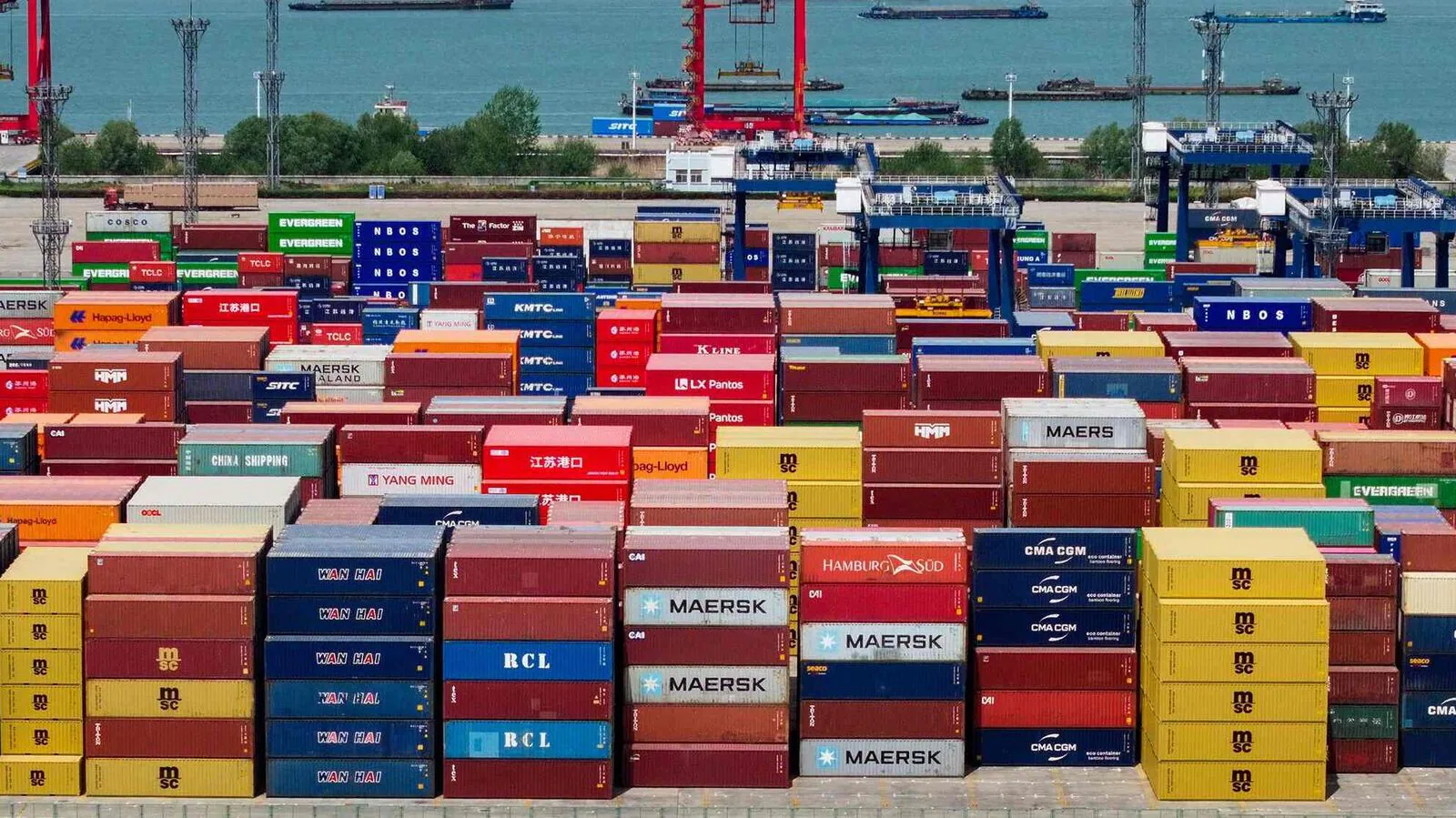
US tariffs cloud outlook for Indian exports, trigger growth concerns
How did your country report this? Share your view in the comments.
Diverging Reports Breakdown
US tariffs cloud outlook for Indian exports, trigger growth concerns
The US’ imposition of a 25% tariff on Indian exports starting 1 August has cast a shadow over bilateral trade. Uncertainty over a potential penalty, tied to oil and defence purchases from Russia, may cloud pricing strategies and disrupt supply chain planning. This was set to weigh on short-term business sentiment, analysts said. Some economists flagged the development as a setback for India, noting that rival economies in Southeast Asia face lower duties despite operating in similar segments such as labour-intensive goods and electronics. However, even amid the turbulence, with talks on a bilateral trade agreement (BTA) gaining traction, the tariff setback could be temporary, they said. The Reserve Bank of India (RBI) is forecasting 6.5% growth for FY26, down from earlier estimates of 6.6%. The International Monetary Fund (IMF) recently raised its forecast to 6.4%, citing easing trade tensions and resilient domestic demand. The finance ministry expects growth at 6.3%-6.6%, supported by structural reforms.
In addition, uncertainty over a potential penalty, tied to oil and defence purchases from Russia, may cloud pricing strategies and disrupt supply chain planning, making it harder to estimate landed costs. This was set to weigh on short-term business sentiment, analysts said.
“Without clarity on the quantum of the penalty, Indian exporters and the US importers are left with no firm basis to calculate landed costs or assess how the tariff burden can be absorbed,” said Ajay Sahai, director general and chief executive officer (CEO) at the Federation of Indian Export Organisations (FIEO).
“This ambiguity disrupts supply chain planning and pricing strategies,” he added.
Trump slams tariffs President Donald Trump, in a post on his Truth Social platform on Wednesday announced that Indian exports to the US will face a 25% tariff starting 1 August, along with additional penalty for buying oil and military equipment from US-sanctioned Russia.
He, however, didn’t elaborate on the additional tariffs.
Citing high Indian tariffs, “obnoxious” non-monetary trade barriers, and New Delhi’s continued defence and energy ties with Russia, Trump said the move was necessary to address America’s “massive trade deficit” with India.
“While India is our friend, we have… done relatively little business with them,” he added.
The US is not only India’s largest trading partner, but also one of the few major economies with which India enjoys a significant trade surplus.
India’s goods trade surplus with the US rose to $41.18 billion in fiscal year 2025 (FY25), up 16.6% from $35.33 billion a year ago. The increase was driven by an 11.6% rise in exports to $86.51 billion, while imports from the US grew 7.4% to $45.33 billion.
In comparison, India’s overall goods trade reported a deficit of $282.8 billion in FY25.
Setback to exports; trade agreement remains key Some economists flagged the development as a setback for India, noting that rival economies in Southeast Asia face lower duties despite operating in similar segments such as labour-intensive goods and electronics.
Under Trump’s new tariff regime, Vietnam was initially hit with a 46% duty due to its widening trade surplus with the US, but Trump later clarified that most Vietnamese exports would face tariffs below 20%, while transshipped goods from third countries would attract a 40% levy.
Indonesia’s proposed 32% tariff was trimmed to 19% by mid-July, and the Philippines’ 20% duty was similarly eased to around 19% amid early bilateral talks.
“The 25% tariff rate is certainly a negative development as it compares to lower rates for peers such as Vietnam, Indonesia and the Philippines, which compete with India in a similar category of labour-intensive products and electronic goods,” said Garima Kapoor, economist and executive vice president at Elara Capital.
Kapoor noted that while the exact tariff structure on exempted items like pharmaceuticals and sectors with differential rates—such as iron, steel and autos—remains unclear, any inclusion of pharma under the new regime would be a significant setback for India, given that over 30% of its pharma exports go to the US.
However, even amid the turbulence, with talks on a bilateral trade agreement (BTA) gaining traction, the tariff setback could be temporary.
“A well-negotiated deal that addresses all aspects of trade, investment and tariff and non-tariff barriers by September-October 2025 is likely to yield long-term benefits rather than a hurried deal,” she added.
Economic growth impacted Madan Sabnavis, chief economist at Bank of Baroda, said a 25% tariff, excluding the penalty component, is not very different from April levels, when the tariffs were first announced by Trump, but will still put pressure on Indian exporters.
“At this stage, some depreciation may be appropriate to support exports. Overall growth can be affected, and our forecast of 6.4%-6.6% holds even now with the most negative impact leaving to 6.4%,” he added.
India’s GDP growth for FY26 is projected to remain strong, with the Reserve Bank of India (RBI) forecasting 6.5%, slightly down from earlier estimates due to global trade risks.
The ministry of finance expects growth at 6.3%-6.8%, supported by structural reforms and stable macro fundamentals.
The International Monetary Fund (IMF) recently raised its forecast to 6.4%, citing easing trade tensions and resilient domestic demand.
While the outlooks remain optimistic, these institutions flagged external risks as key downsides.
Some agencies downgraded India’s economic growth forecast for FY26 following rising external challenges.
Rating agency ICRA Ltd downgraded India’s growth forecast for FY26 to 6.2% from 6.5% last month on the back of external factors impacting the country’s growth.
The agency’s chief economist, Aditi Nayar, said the tariff and penalty imposed by the US on Wednesday is higher than anticipated and is likely to pose further headwind to India’s GDP growth.
